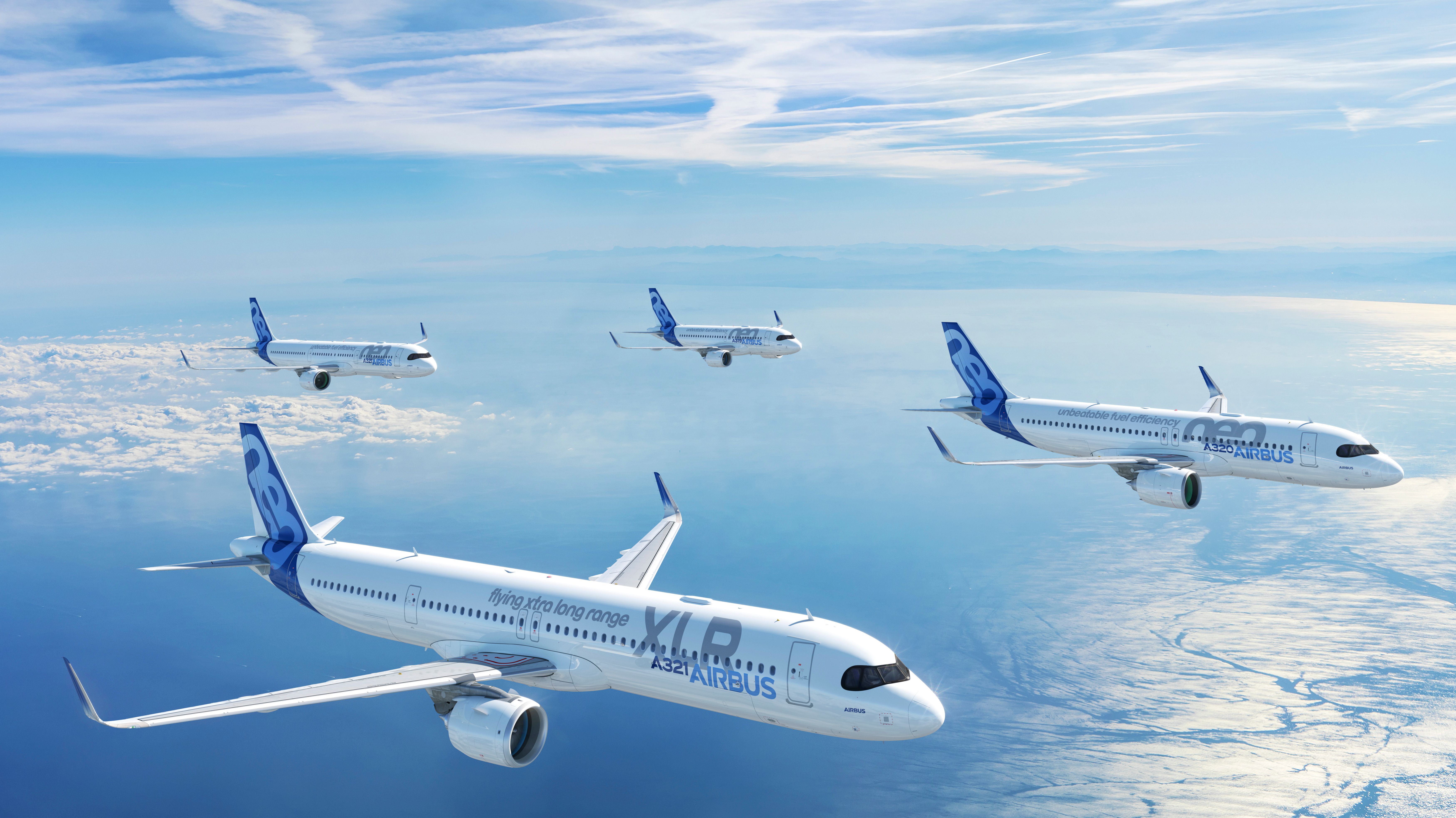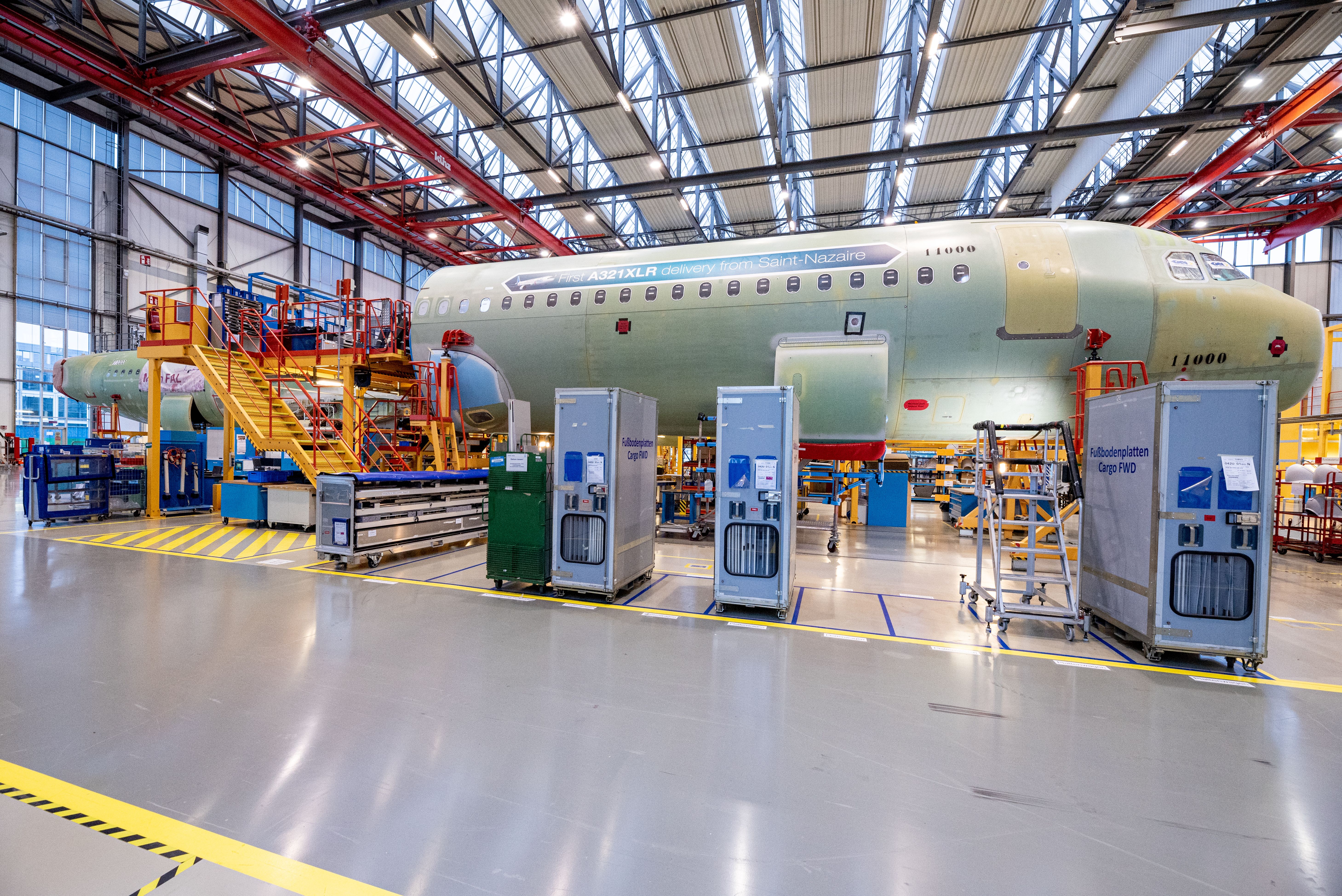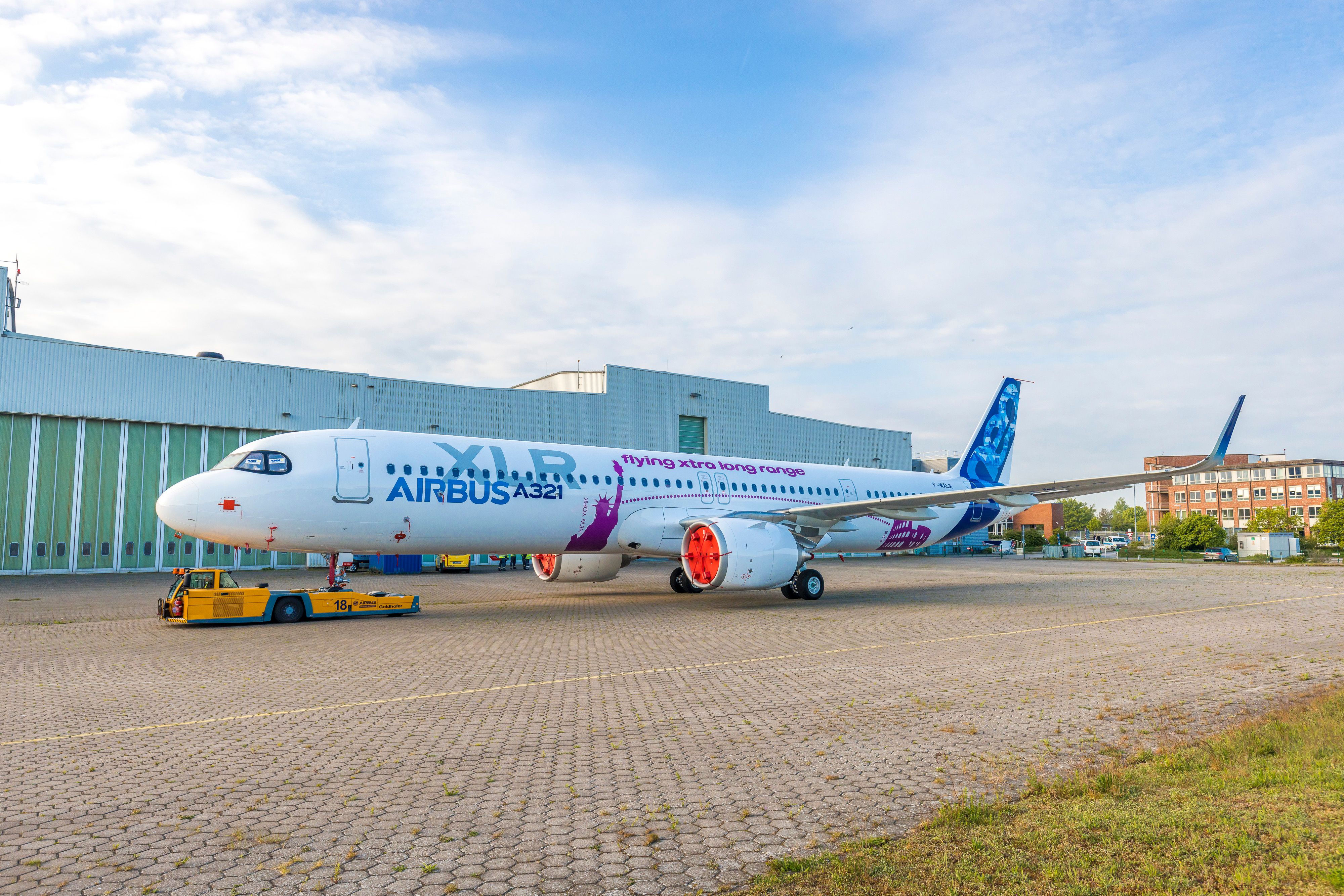Airbus does not expect its long-awaited A321XLR narrowbody jet to enter service until 2024. Airbus confirmed the delay while delivering its first-quarter 2022 results in Amsterdam on Wednesday. Discussions with regulators regarding the certification of a new type of fuel tank on the plane are behind the delays.
A321XLR delays between six months and one year
Airbus had expected the jets to enter revenue service by the end of 2023. But according to news reports, additional structural work on the new tanks could take between six months and one year. The European Union Aviation Safety Agency (EASA) says the certification of the A321XLR was an "ongoing project," and the issue relates to the rules surrounding the installation of the rear center fuel tanks.
The tanks have proved a longstanding issue for Airbus. The Toulouse plane builder had wanted to put insulation between the fuel tanks and the cabin floor. However, EASA raised concerns about that, citing burn through and fire safety concerns. EASA said Airbus needed to demonstrate its insulation plan was safe.
FAA also has concerns about the A321XLR's fuel tanks
Later, EASA flagged the possibility of fuel tanks "integral to the airframe structure" (as these tanks would be) causing problems in the event of a braking failure or the aircraft sliding off the runway. EASA said if this occurred, the A321XLR rear center takes could "inherently provide less redundancy than structurally separate fuel tanks."
EASA's concerns captured the attention of the Federal Aviation Administration (FAA). The US aviation safety agency says the A321XLRs current design is insufficient to protect passengers in the event of an external fire or give them enough time to evacuate if a crash occurs.
The safety agencies are sensitive to the risk to passengers of death or injury in the event of fire or smoke entering the cabin after several high profile incidents where this has occurred in recent decades. These A321XLR concerns aren't new. They've been publicly aired for at least 12 months. But this week, Airbus bowed to the inevitable and confirmed the entry into service delay.
"On the A321XLR, the Company continues to work towards a first flight by the end of Q2 2022," said Airbus in a statement on Wednesday, "Initially planned for the end of 2023, the entry-into-service is now expected to take place in early 2024 in order to meet certification requirements."
Any delays and range reductions pose a threat to Airbus
So far, long-range yet-to-be-delivered narrowbody jet is proving a hit with airline customers, with airlines having ordered over 530 of them. Just days before the Airbus quarterly update, Qantas ordered 20 Airbus A321XLRs - a part of a broader 52 aircraft firm order with Airbus. A key selling point for Qantas was the long range of the A321XLR, enabling the airline to send it on routes up to 5,400 miles (8,700 kilometers).
But modification to those rear center fuel tanks to satisfy EASA's fire safety conditions could add extra weight to the plane, reducing the A321XLR's range. Sources cited by Bloomberg say the extra weight could have a "minor impact" on how far the aircraft could fly, and airline customers were aware of this.
Airbus is reportedly working to accommodate both EASA and customer expectations. One possible outcome is increasing the plane's maximum takeoff weight from 101 tonnes to 101.7 tonnes.
The A321XLR is a direct competitor of Boeing's 737 MAX, besting the US-built plane on both range and capacity. In addition to delivery delays, any erosion of those competitive advantages poses a significant problem for Airbus.
Source: Bloomberg




